It’s standard practice for every civ in the Civilization series to bring their own twists to the overall formula. Whether it’s unique buildings, unique resources, unique bonuses, or indeed, unique units. Civilization 7 is no exception. There are plenty of examples of each of the aforementioned elements, though unique units should be a major consideration whenever you’re mulling over whom to choose for your next big conquest.
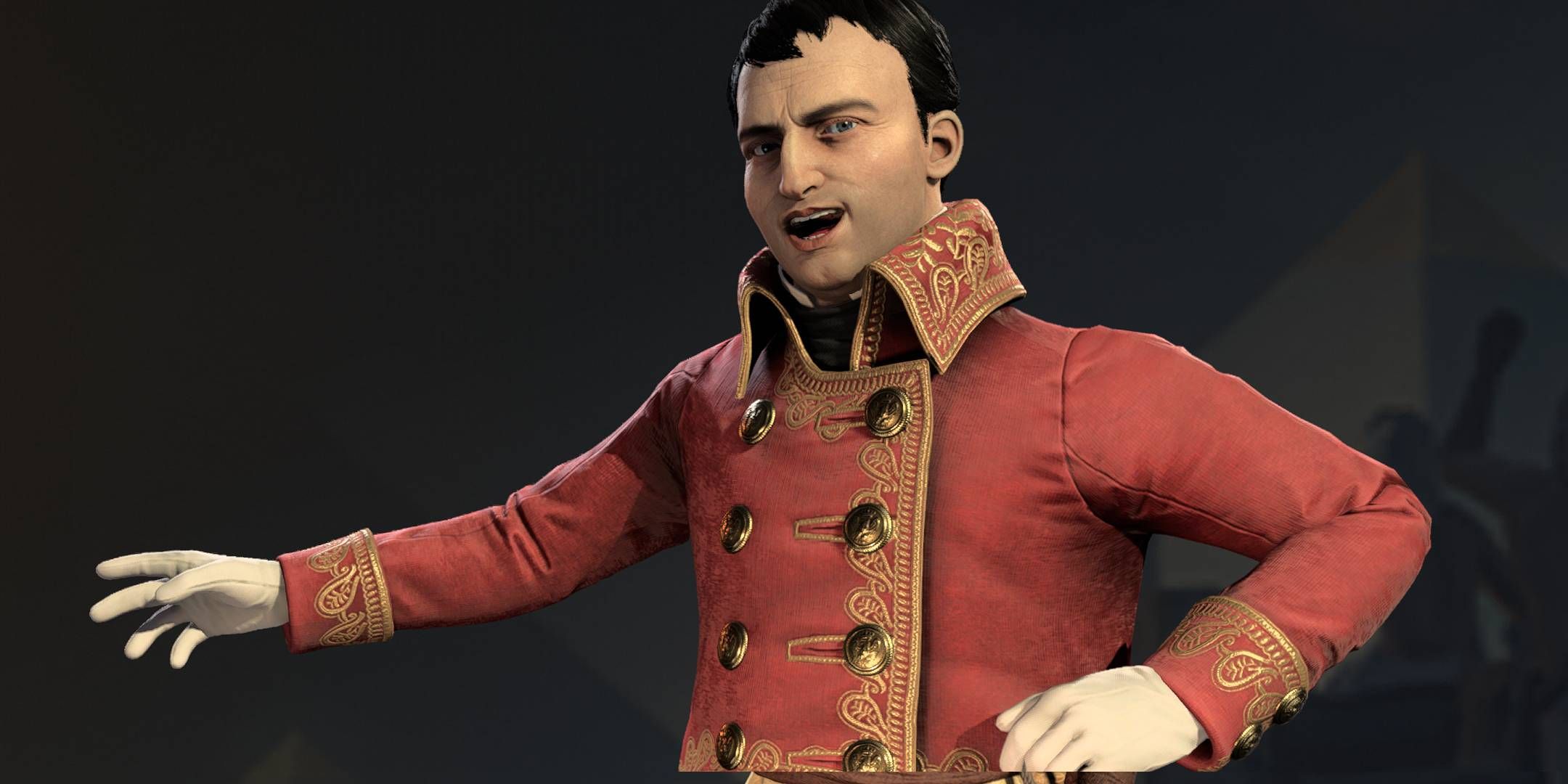
Related
Civilization 7: Complete Beginner Guide
Civilization 7 changes a lot about the franchise, while keeping the formula the same. Here’s everything we’ve learned so far.
These are early days for what promises to be a long-running live-service journey, but we’ve played Civilization 7 games at this point to get a real handle on every leader’s little twists, so we’re ranking unique units – from the most spectacular to the least useful.
This list is a work in progress. We’ll grow its content within the next couple of days as we spend more time with Modern Age unique units. For now, it covers all Antiquity Age and Exploration Age units, and we’re building their Modern counterparts over time.
S-Tier
Game-Changers
Although there are several other factors to consider when choosing a leader, these unique units should take at least a bit of priority as you weigh them all. These are the toughest of the tough, the stuff that can play a vital role in reshaping your chances of success, especially on higher difficulties.
|
Chu-Ko-Nu |
|---|
|
Broadly speaking, Antiquity Age unique units are not quite as robust as later eras’ offerings. This makes sense; you want to feel like you’re gaining in strength over time.
The Chu-Ko-Nu is one of several exceptions. Ranged units, as a rule, must be kept behind your melee and cavalry; rules, however, are made to be broken, and the Chu-Ko-Nu has high enough defense to withstand blows.
That, in and of itself, is pretty good. But the real might stems from +5 combat strength when attacking adjacent units. Now, you never want too many adjacent units, but even one can net you a sizable advantage when paired with the usual short-range attackers.
|
Purabhettarah |
|---|
|
Another early-game winner, the Purabhettarah is especially early-game, with its greatest value coming right near the beginning. At this stage, you’ll lack siege units, which will make it more difficult to take enemy cities.
Hostile independent powers won’t give you any additional trouble, but cities can be a problem. The earlier you hack off a few of your foes’ cities, the more powerful you’ll become over time, and the weaker they’ll become in turn.
|
Jaguar Slayer |
|---|
|
If you haven’t noticed, we’re listing these by age, and the Jaguar Slayer, a Maya unique scout, is frankly fantastic. In Civilization 7, scouts are civilian units, thus they cannot attack. It’s not that scouts were particularly strong in Civilization 6, but they could at least hold off a foe for a turn or so.
The Jaguar Slayer upends this idea, allowing you to initiate combat with it. That’s not a big deal, but it can help a tad. What makes these folks so mighty is their Jaguar Trap, which enemy civs cannot see. An enemy unit can waltz right over one, taking 25 damage and ending movement.
This is an effective strategy if you need to halt an enemy’s advance, whether that’s defensively, or when they’re en route to reinforce a desperate situation. The ability recharges after five turns, making Jaguar Slayers repeatedly invaluable assets.
|
Kalam Exploration Age |
|---|
|
The Chola replacement for the standard Exploration Age naval unit, the Kalam, provides effectively double the naval firepower with no real setbacks. If you’re still in the midst of traversal, you can still attack once, just like any other unit.
If you’ve reached your destination, or you’re defending a besieged settlement, you can ward off your foes with double efficiency. Place two Kalams beside a Naval Commander. You’ll have four shots per turn. Your opponents will need to have brought four Cogs (or whatever else they have) to match this.
This is made all the more compelling because…
|
Ottru Exploration Age |
|---|
|
…the Cholu unique Naval Commander, Ottru, also rules. Your Kalams will benefit from increased visibility of your surroundings; when packed, they’ll move faster by proxy; and those hypothetical four Cogs we mentioned? They’re now at an even greater disadvantage.
Frankly, for Exploration Age naval warfare, you cannot get better than the one-two punch of what the Chola have to offer.
|
Keshig Exploration Age |
|---|
|
In a vacuum, Mongolia’s Keshig would be great, but not necessarily superb. What makes this shine is that it is, well, Mongolian. The Mongolian civilization is perfect for Exploration-era warmongerers. It’s tailored to make your battles winnable in almost any circumstance. The Keshig plays a vital role in that.
By serving as a cavalry unit and a ranged unit, the Keshig can move with even greater speed than an ordinary cavalry unit and do it all with ranged attacks to boot. It is startling in a one-on-one; deploy ten of them when en route to an enemy capital, and that enemy has a real nightmare on their hands.
A-Tier
|
Immortal Antiquity Age |
|---|
|
Persia can deal some outstanding damage if you’re on the war path with the Immortal, which can keep its HP topped off, or at least close to it, by gaining some every time it defeats an enemy unit.
If you have a sturdy army, you’ll be that much more dangerous. If you’re in danger of being picked off one by one, you’ll last longer, giving you a chance to get away. As the Immortal plays peerlessly to Xerxes’ military strengths, its synergy is superb, making it among the best and most threatening units in the Antiquity Age.
|
Legion |
|---|
|
Rome’s Legion doesn’t start off too impressively, but this fact is offset by their arrival a bit later into the Antiquity Age, when you’ll already have several traditions slotted.
The later into this era, the stronger the Legion can become, and since they upgrade from Warriors, you should have a fair number right from the moment they’re made available. +2 combat strength can quickly become ten or more, which, when you have several Legions moving into the fray, makes them a real threat.
|
Burning Arrow Antiquity Age |
|---|
|
Burning Arrows are pretty cool. Mississippi‘s ranged unit is perhaps the Antiquity Age’s very best; the boost to bombard strength and +3 combat strength against siege units are both nice enough, but by applying burning status to tiles when attacking, entire groups of enemies can be softened or even killed if they’re already weak enough.
This can instantly turn the tide. By the time a handful of Burning Arrows have wreaked havoc upon several tiles, your infantry units can march in beside the afflicted areas to finish the job.
|
Mamluk Exploration Age |
|---|
|
Don’t get discouraged by their lower base strength relative to other Exploration Age cavalry. The Abbasids’ Mamluk unit is a defensive powerhouse. Their combat bonuses can hit remarkable heights within the bounds of highly-developed cities.
They’re still fine, if not spectacular, for far-off deployment. But if you use them for homeland defense, you can still do just fine invading your neighbors; take at least a partial preference toward infantry and ranged units instead when doing so.
If you aren’t intending to fight much, but you happen to live near a particularly ruthless rival? Yep, the Mamluks will keep them at bay. Station ’em aplenty.
|
Lelomano Exploration Age |
|---|
|
Many of the best unique units in Civilization 7 achieve such honors due in large part to their synergy with their civilization’s overall goals. Hawai’i excels at the culture game, so anything that provides culture on kills is going to rank highly, including the Lelomano.
Bolstered by their increased strength against much of what you’ll be up against, the Lelomano is the quintessential example of the game providing a very good reason to get out there and fight. This isn’t going to dramatically alter your course, but it will undoubtedly assist you.
|
Xunleichong Exploration Age |
|---|
|
We hesitate to place the Ming’s Xunleichong in S-tier, because its +4 combat strength on featureless tiles modifier is unlikely to be a consistent source of usefulness. By the Exploration Age, much of the world will have been settled on Standard-sized maps and below (which are all that’s available at launch).
This means that, in practice, you won’t get a ton of utility out of this. That doesn’t mean the Xunleichong is by any means bad, because its ability to commit a ranged attack means that this unit is an infantry/ranged hybrid with twice the utility for production instead.
You won’t need to make the distinction between building infantry units and ranged units at roughly similar pace. Just deploy a ton of Xunleichong when needed.
B-Tier
|
Tankwa Ancient Age |
|---|
|
On its own, the Tankwa, an Aksum unique trade ship, wouldn’t be particularly impressive. It’s the link to the Dhow, a somewhat less beneficial unique naval unit, that makes the Tankwa more viable.
The Aksum thrive on early-game trade, so the +10 trade route range is a critical component to that success. As the Dhow can create naval trades, it effectively sets up the Tankwa for seriously broadening your resource horizons.
|
Hoplite Antiquity Age |
|---|
|
The Hoplite, Greece’s unique unit, has a short-and-sweet modifier: it gains a +2 boost to strength when positioned beside another Hoplite.
+2 might not sound like much – and indeed, it’s no paradigm shift – but so long as you’ve built a fair number of Hoplites, you will make a significant dent in the enemy’s forces, either offensively or defensively. This versatility offers any Hoplite army a bit of a boost.
|
Wabnathi Antiquity Age |
|---|
|
Mississippi’s unique merchant, the Wabnathi, can let you roll in the dough very early into the game. As soon as a rival civ’s settlement has a sizable number of resources, you’ll be able to gain 25 gold for each of them. Since gold rules the roost in Civilization 7, you’ll get plenty of cash to help fund towns and units.
|
Hazarapathis Antiquity Age |
|---|
|
The Hazarapathis joins the Immortal for Persia’s two unique units. Starting off with one promotion isn’t much on paper, but when it’s the initiative promotion, you’ll be far less vulnerable upon unpacking, as your unpacked units can immediately strike.
This is, under normal circumstances, the one downside to the unpacking procedure, as you’re wide open for a single turn. That’s why we recommend grabbing initiative as quickly as possible, but by having it by default, you can even focus on growing in commander power as soon as you’ve notched a few wins.
|
Kahuna Exploration Age |
|---|
|
Money talks in Civilization 7, so 25 gold for every converted locale makes the Hawaiian Kahuna a loud enough speaker. It never hurts to have more reasons to work on spreading your religion during the Exploration Age, which, at least as of launch, is the only point in the game when religion is a big deal.
In truth, there are plenty of other ways to gain rewards from converting, so we can’t say the Kahuna is doing anything revolutionary. But when combined with its ability to heal adjacent units (which is also possible through other means), what you have is a unit that can do these tasks while freeing you up to select other belief modifiers to achieve other tasks.
|
Pedanda Exploration Age |
|---|
|
We don’t have much to add to the Majapahit Pedanda info that we haven’t already said about the Kahuna. Getting gold and culture for converting a settlement is a two-pronged reason to do it. It frees you up to explore other belief perks. Good stuff.
|
Warak’aq Exploration Age |
|---|
|
If rough terrain wasn’t so plentiful in Civ 7, the Warak’aq‘s bonuses for their Inca civilization wouldn’t seem so hot. The reality is that many tiles are classified as rough, so this is more than a mere home-turf helper.
Getting ranged units into striking distance without upticks on their movement can sometimes be a nag, so the Warak’aq benefits there, as well. It’s a solid unit that should be on your frontlines throughout the Exploration Age.
|
Cetbang Antiquity Age |
|---|
|
The Majapahit Cetbang is hardly bad. Increased combat strength against other naval units can be a big boon during the Exploration Age (albeit an arguably larger one during the Modern Age), and pillaging can be a somewhat useful strategy to double down on.
It’s just that, with nothing else to put an edge on that naval warfare other than the +5 combat strength, it’s not too difficult for opponents to overcome the deficit with a well-constructed fleet. So, yeah. It’s good! Just not great.
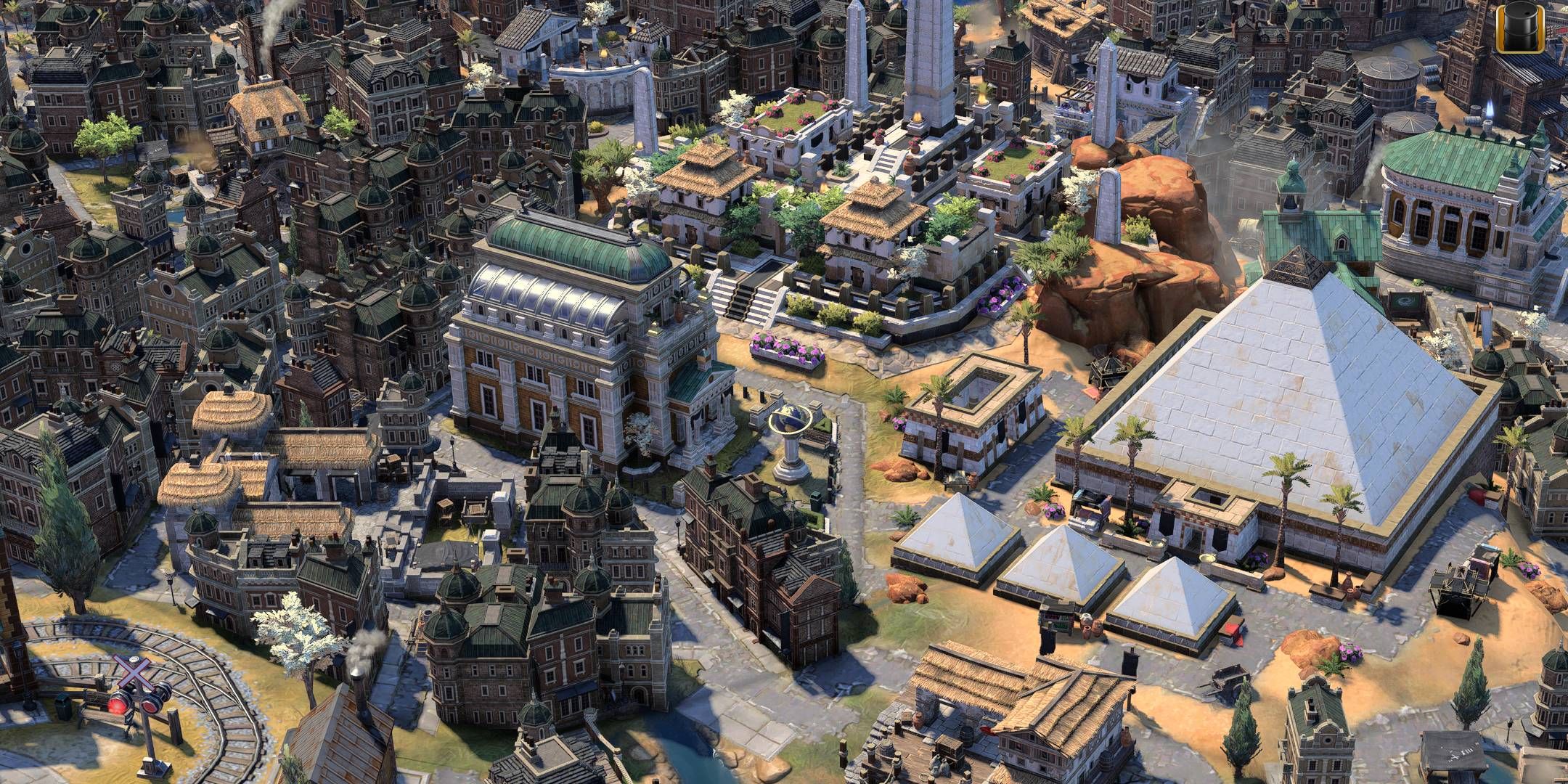
Related
Civilization 7: How Does The Ages System Work?
The Age system is brand-new for Civilization 7. Here’s everything you need to know about what this means for your game.
C-Tier
|
Dhow Ancient Age |
|---|
|
The Aksum-built Dhow is the definition of “alright.” In our findings, naval battles are less likely to occur frequently during the Ancient Age. That’s not to say they won’t happen, but you’re unlikely to encounter vast enemy fleets.
The +4 coastal combat strength ought to be read as a permanent strength increase, seeing as you can’t enter ocean tiles until the Exploration Age, but again, this is limited in its usefulness given the above. The naval trade route creation is its saving grace, as trade routes can do well to shift the balance of power.
|
Medjay Ancient Age |
|---|
|
Egypt‘s other unique unit is a Great Person, which all require a bit more testing before we can toss them into this tier-list arena, so the Medjay needs to make up for lost ground. And we can say that despite our present shortcomings, as Great Person units are harder to come by, and cost more over time.
The Medjay is… fine. The lack of maintenance cost won’t reshape your world or anything, but as a bulwark against enemy invasion, the +3 combat strength, which should be taken as +6 most of the time as it’s doubled in your own settlements, can prevent savvy enemies from early wins.
Now, this is good, no mistake. But defensive fortifications constructed by your infantry and commander units can do quite well on their own, so while the Medjay offers a tangible bonus to the home team advantage, we can’t say it’s a big one.
|
Yuthahathi Antiquity Age |
|---|
|
The Khmer unique cavalry, the Yuthahathi has one merit. Its base higher combat strength requires no modifiers to make it snazzy, though slower movement hinders its speed, and that’s kind of a raw deal when cavalry units’ largest advantages stem from their swift movement.
The immunity to flood damage is deeply situational, and under normal circumstances, zone of control is less of an issue for cavalry anyway, as you’ll be trying to loop around the (ordinarily) slower unit types.
|
Legatus Antiquity Age |
|---|
|
Rome’s Legatus doubles as a slightly effective settler, which can free you up from building settlers. If you’re going to war fairly frequently, you’ll get at least a couple of uses out of this perk.
We really don’t think it’s all that rad, since training settlers isn’t quite as production-prohibitive in Civilization 7. But hey, at least it’s a consistent bonus.
|
Chasqui Exploration Age |
|---|
|
Had the Inca arrived in the Antiquity Age, their Chasqui scout would rank more highly on our list. The reality is that, by the Exploration Age, your scouts are going to be less important as a rule.
It’s not that you won’t want to keep tabs on aggressive civilizations – you will – but contrary to the name of the era itself, much of the most important land to explore will have already been explored. Unless your immediate ambitions involve conquering distant civs (which is possible, but hardly a guaranteed scenario for players to be in), scouts are minimalized.
This might change should Civ 7 receive Old World/New World style “Terra” maps which would hypothetically play more to the strengths of the Exploration Age’s key concepts. In which case, it will be a land rush to seek out as much as possible in ways that, at launch, even Treasure Fleet resource-finding doesn’t quite accomplish.
|
Mandarin Exploration Age |
|---|
|
Your mileage may vary, and we realize this is kind of a copout qualifier in a tier list guide on the internet, but as of right now, we haven’t found ourselves using the Create Road action much. This may change as we spend more time with the game.
As a result, while the Ming’s Mandarin merchant unit can reap real rewards from 100 gold every time a road is created, it’s seemingly a situational enough thing that we aren’t terribly impressed.
D-Tier
|
Valshya Antiquity Age |
|---|
|
Between a C-tier unique unit and now a D-tier one, it might seem like the Khmer get a bad hand all-around, but while their unique units are unimpressive, they do have plenty of unrelated perks.
The Valshya will reach their destinations faster as they can cross wet terrain without penalty, which can be a boon if you start near plenty of wet terrain – as you likely should, if you’re playing the Khmer. But it’s deeply situational, as is the flood damage immunity.
|
Hui’che Antiquity Age |
|---|
|
It’s the visibility boost for vegetated terrain that makes the Hui’che a little better than other ranged units, giving the Maya some aid near what is generally going to be a rather vegetated locale.
It’s not much, but it is certainly helpful to know when enemy units are approaching, especially when Civilization 7’s rival civ AI can be so warmongering.
|
Nagarika Antiquity Age |
|---|
|
Happiness is a major element to Civilization 7 success, but the Nagarika, Maurya’s unique settler, isn’t going to do much for it in the final telling. You’ll quickly gain Happiness through other venues, so the +2 immediate boost, while appreciated, wasn’t really worth a whole unique unit slot.
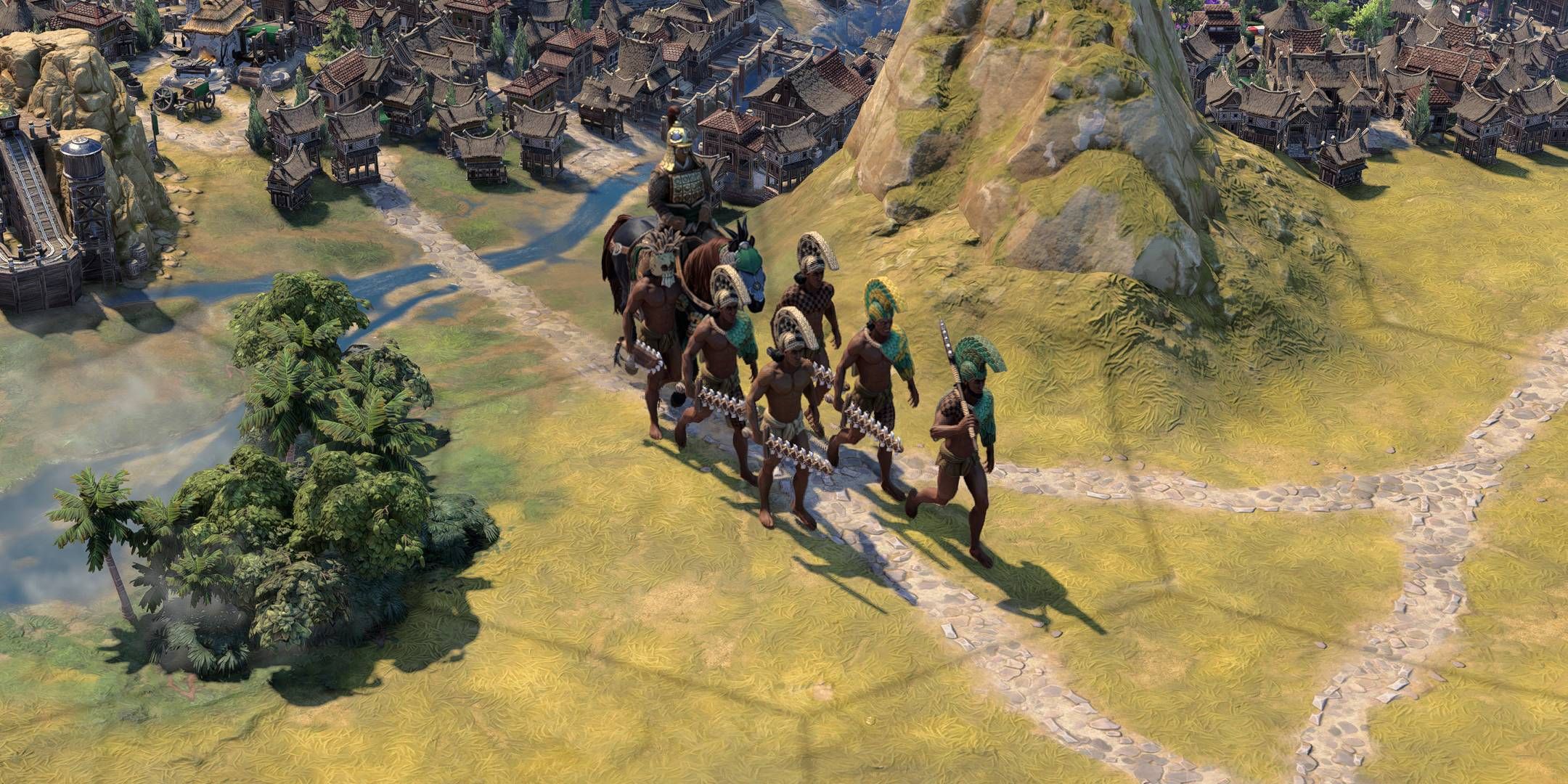
Next
Civilization 7: How To Use Army Commanders
Army Commanders are a new unit in Civilization 7. This guide covers how to get the most out of your commanders.
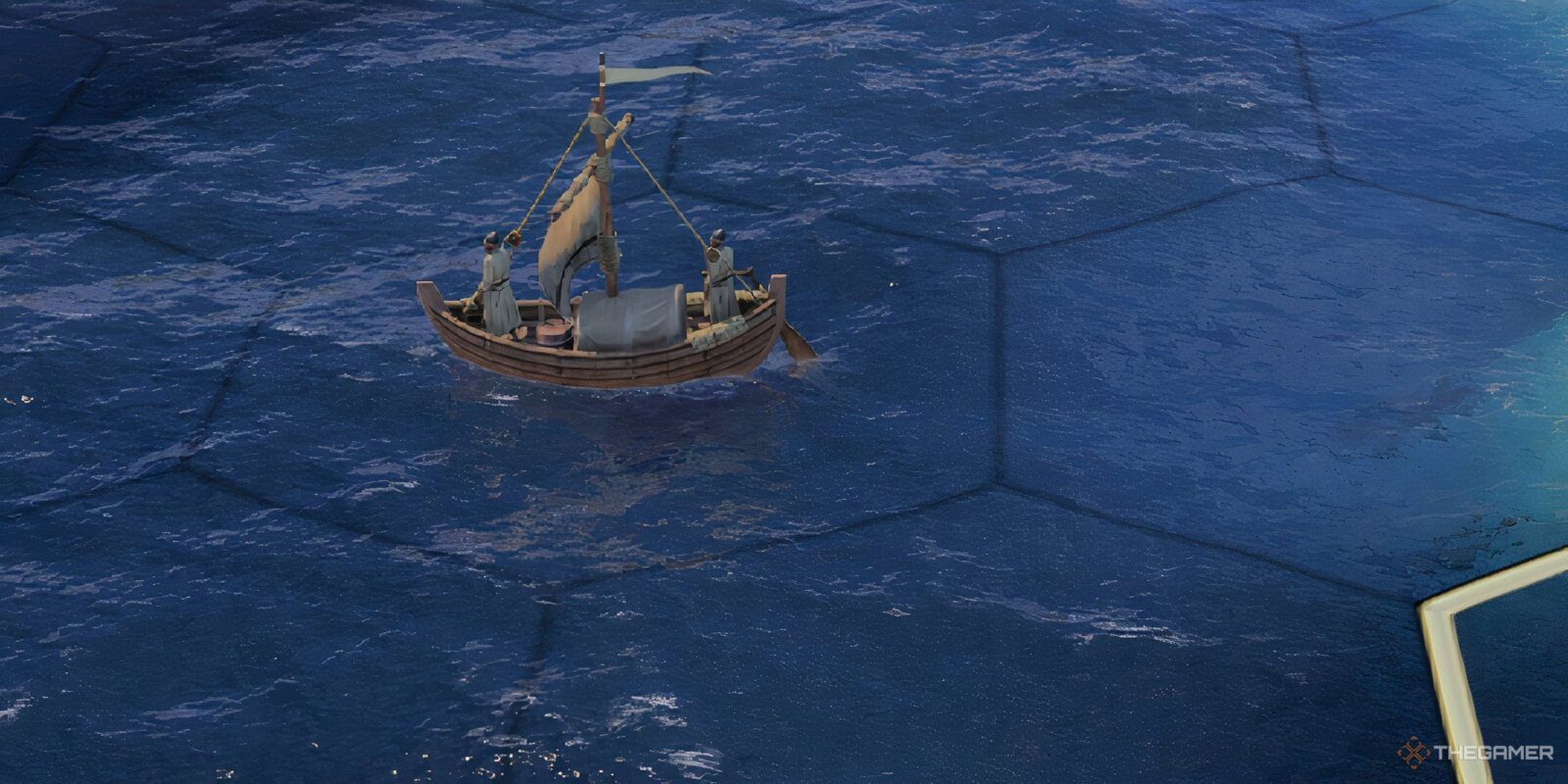
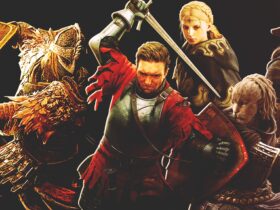
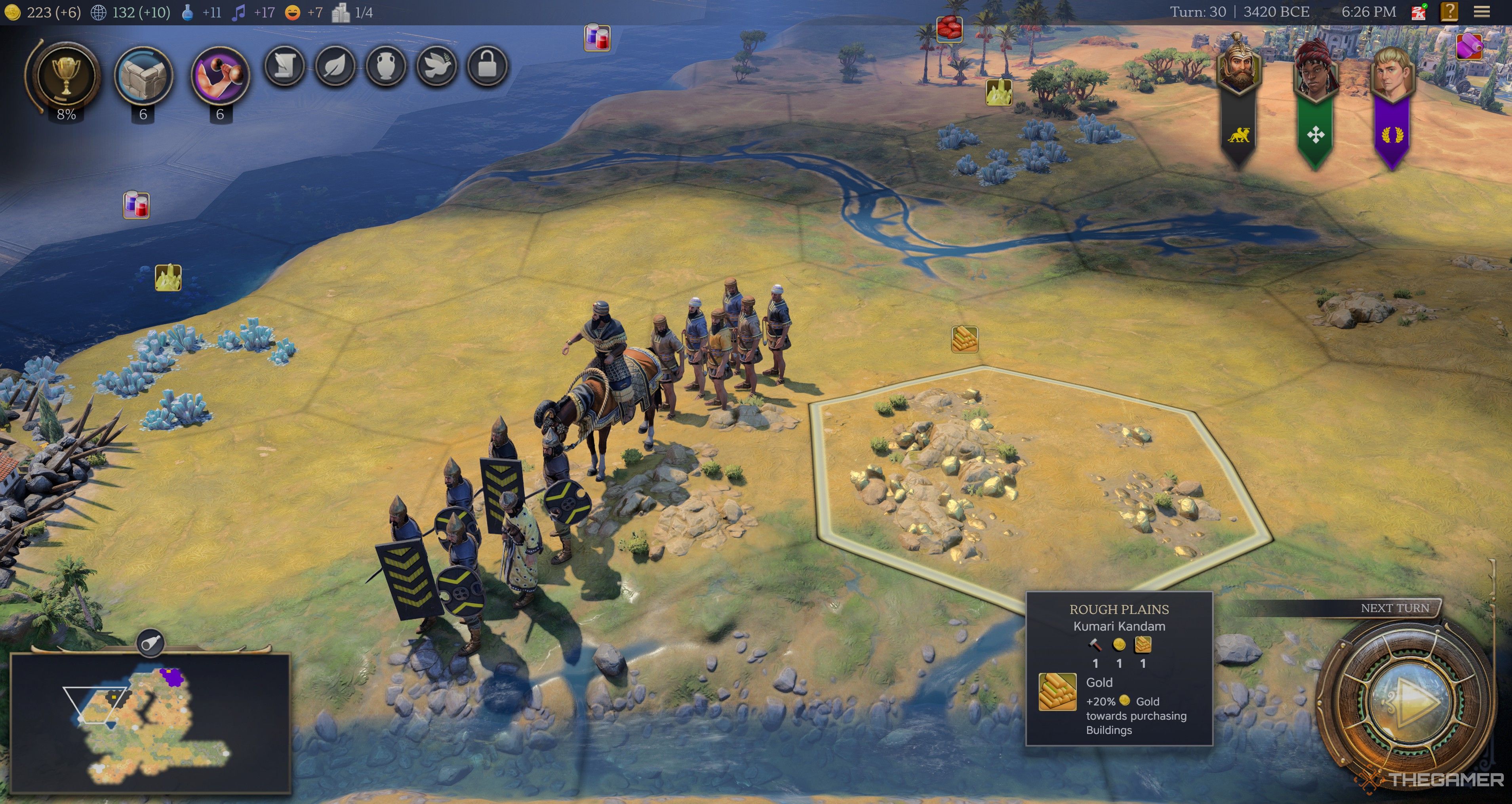
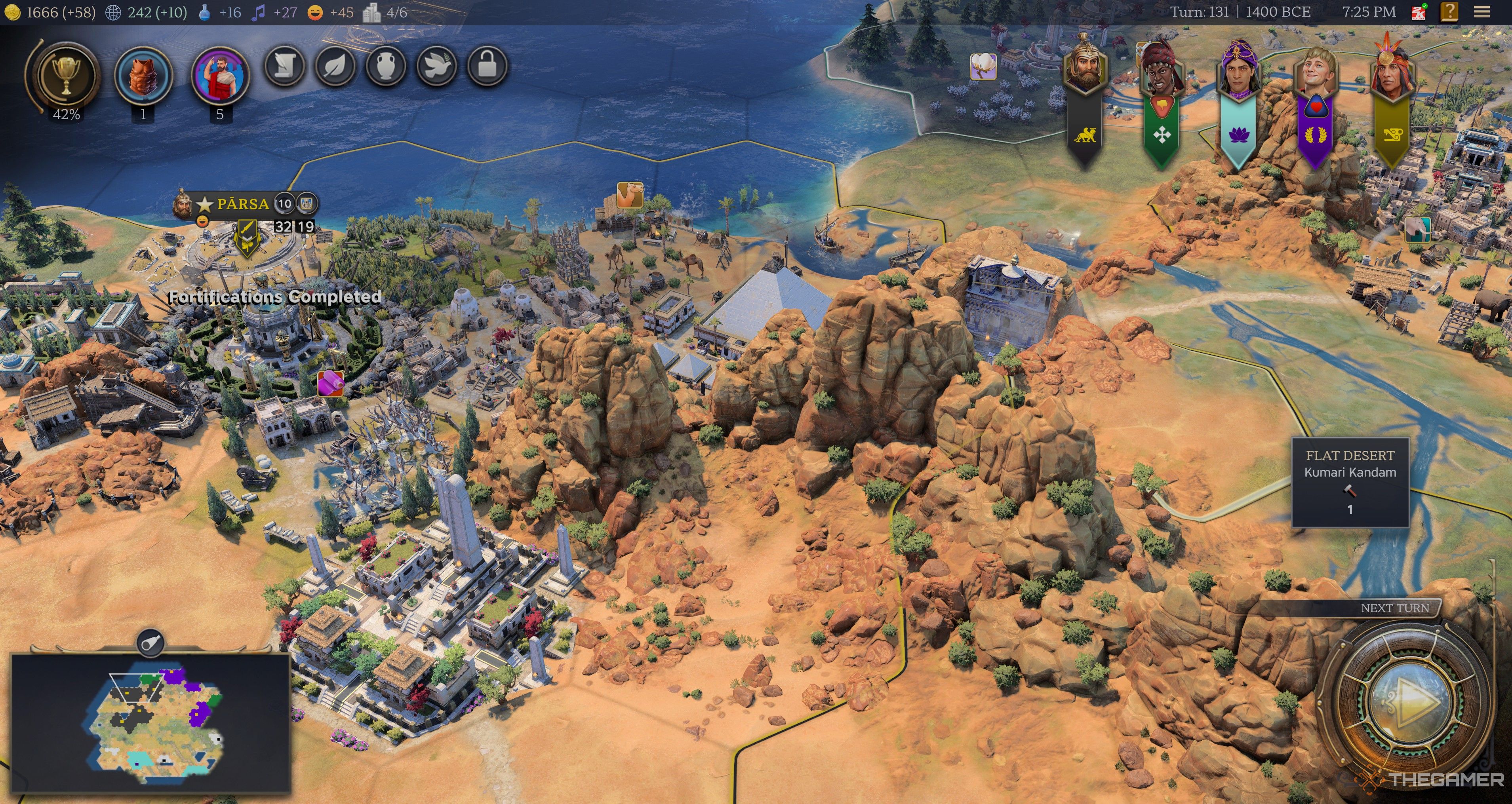
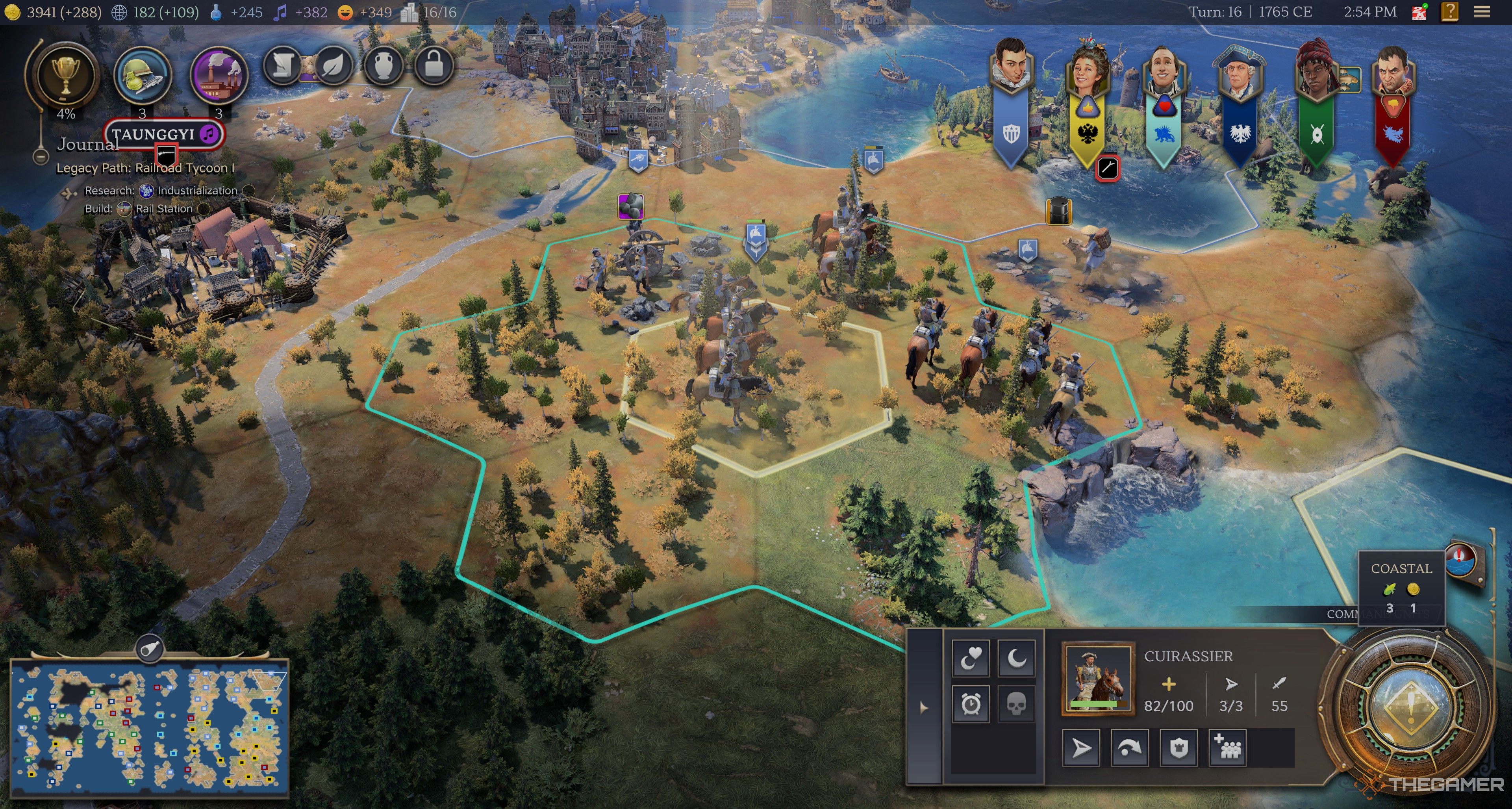
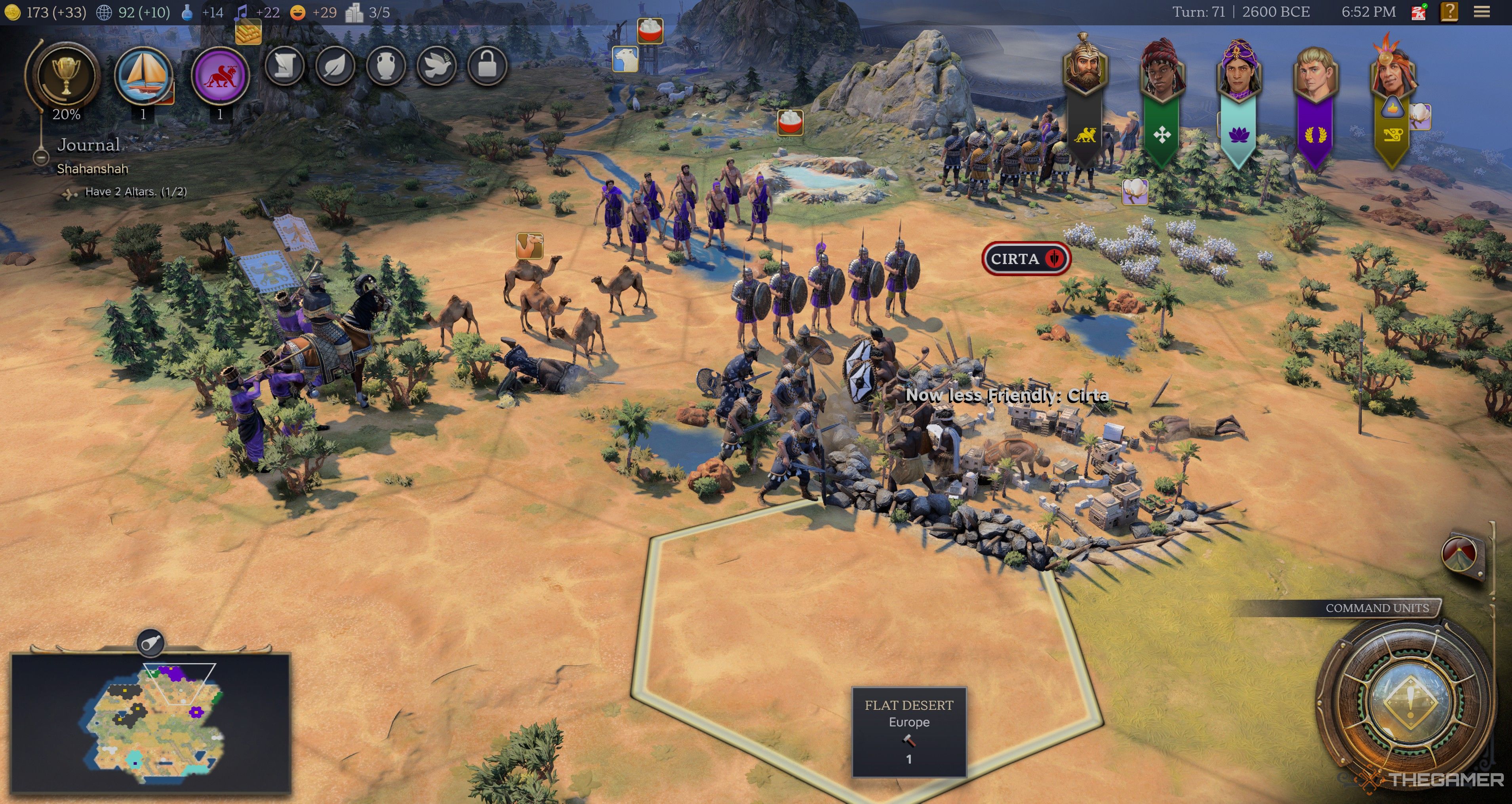
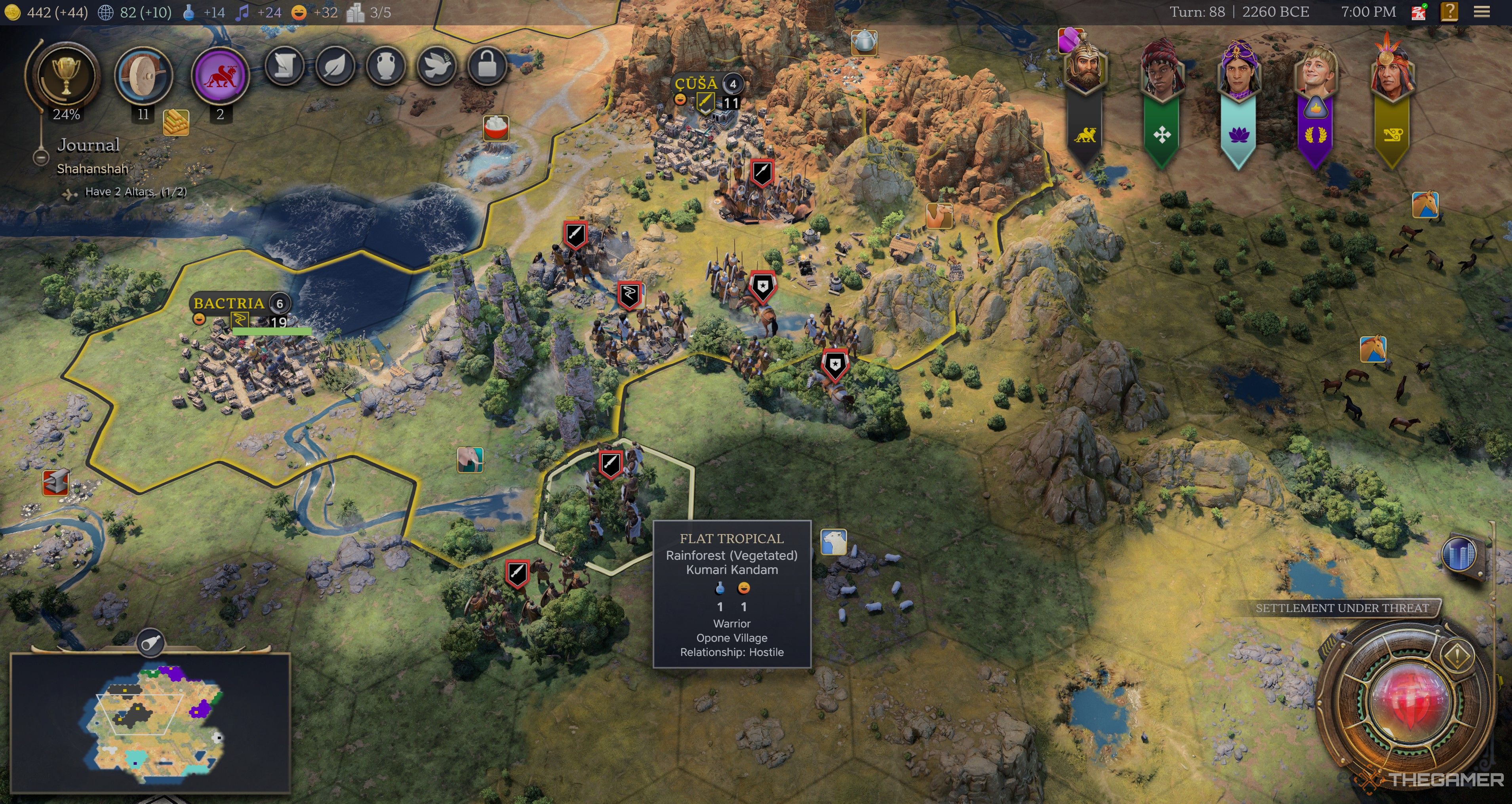




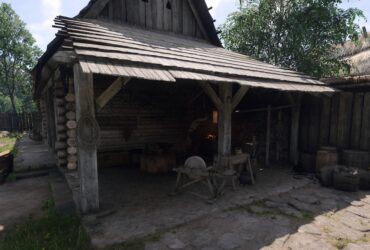
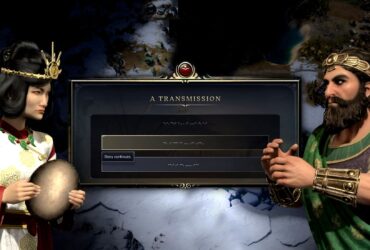
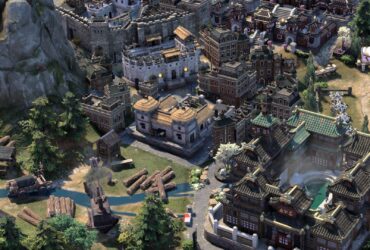



Leave a Reply